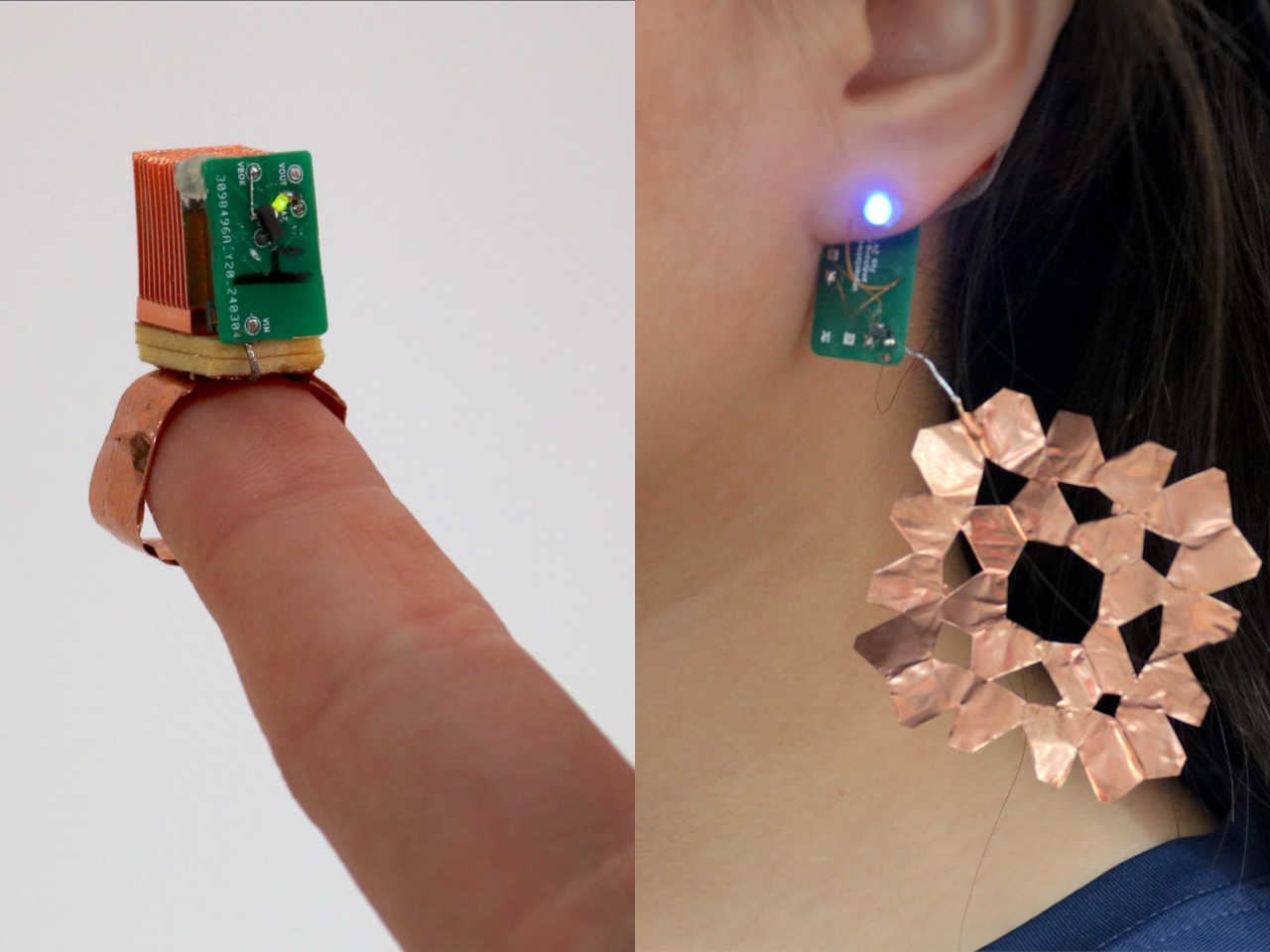Dumb New Electrical Code Could Doom Most Common EV Charging
Longtime Slashdot reader schwit1 shares a report from MotorTrend: A coming ground-fault circuit-interrupter revision could make slow-charging your car nearly impossible. The National Fire Protection Agency (NFPA) publishes a new National Electric Code every three years, and we almost never notice or care. But the next one, NFPA 70 2026, has the Society of Automotive Engineers (SAE) electric-vehicle charging subcommittee, OEMs, and companies in the EV Supply Equipment (EVSE, or charger) biz mightily concerned. That's because it proposes to require the same exact ground-fault circuit-interrupter protection that makes you push that little button on your bathroom outlet every time the curling iron won't heat up. Only now, that reset button will often be down in an electric panel, maybe locked in a room where you can't reset it. If EV drivers can't reliably plug in and expect their cars to charge overnight at home or while at work, those cars will become far less practical. [...] The national code doesn't care what you're plugging in, but vehicle chargers deserve their own carve-out. That's because no current ever flows until the charger has verified a solid ground connection from car to charger and from charger to electrical panel. They also include their own GFPE (Ground Fault Protection of Equipment), which is intended to protect equipment and is permitted to trip at values larger than 5mA, often in the 15-20mA range. That's why this new code REALLY needs to set a higher supply-side cutout (like what is allowed for marine vehicle shore power, which is up to 30mA). Because even if the Special Purpose GFCI with its 15-20mA trip level were allowed, it would be a 50/50 chance that any fault would trip the electrical-supply breaker or the device's internal breaker. But while the device is programmed to automatically reset and try again, the panel requires a manual reset. There is one EV-charger carve-out: Bi-directional chargers are exempt. This problematic application of 5 mA trip to most 240-volt equipment was added into this regulation late, during a second draft, and now the only way to head it off is for interested parties (SAE, OEMs, and EVSE manufacturers) to register their notice of motion in February for consideration in March. This isn't a government regulation, so it's utterly unaffected by the change in federal administration. These are functionary folks with minimal experience of EV charging, so the arguments must aim to convince the NFPA that implementing this code as is could grossly embarrass the Agency. (Understanding that any such embarrassment will only arise after buildings and projects are completed under the new code.) Read more of this story at Slashdot.

Read more of this story at Slashdot.
What's Your Reaction?




























_Vladimir_Stanisic_Alamy.jpg?#)
























![Kicked Out Of His Seat—Delta Passenger Forced To Move For A Dog [Roundup]](https://viewfromthewing.com/wp-content/uploads/2024/12/delta_dog_in_bulkhead-transformed.jpg?#)

























![Samsung Care+ with Theft & Loss now includes unlimited free screen repairs for Galaxy devices [U]](https://i0.wp.com/9to5google.com/wp-content/uploads/sites/4/2024/04/S24u-Display.jpg?resize=1200%2C628&quality=82&strip=all&ssl=1)





